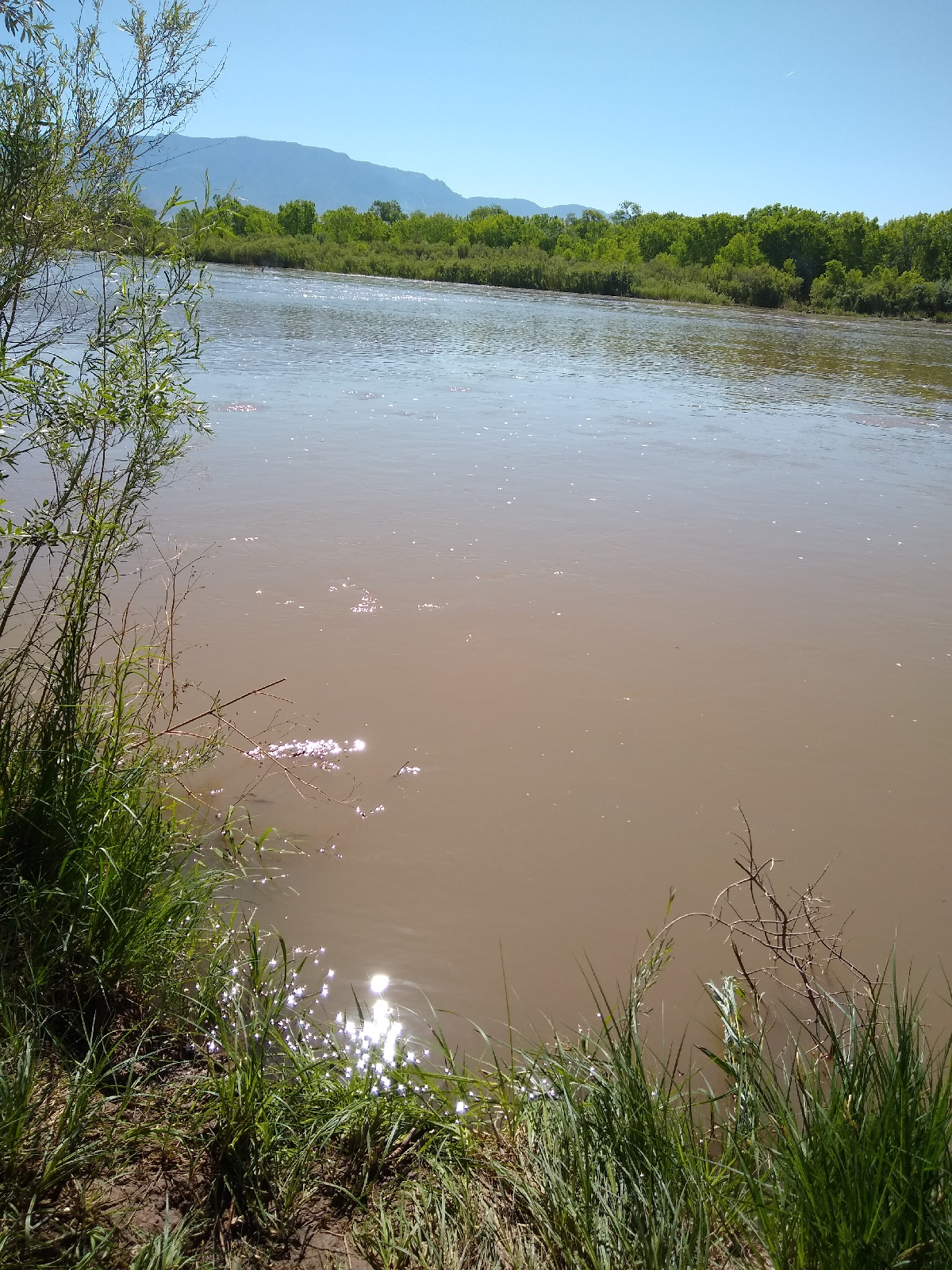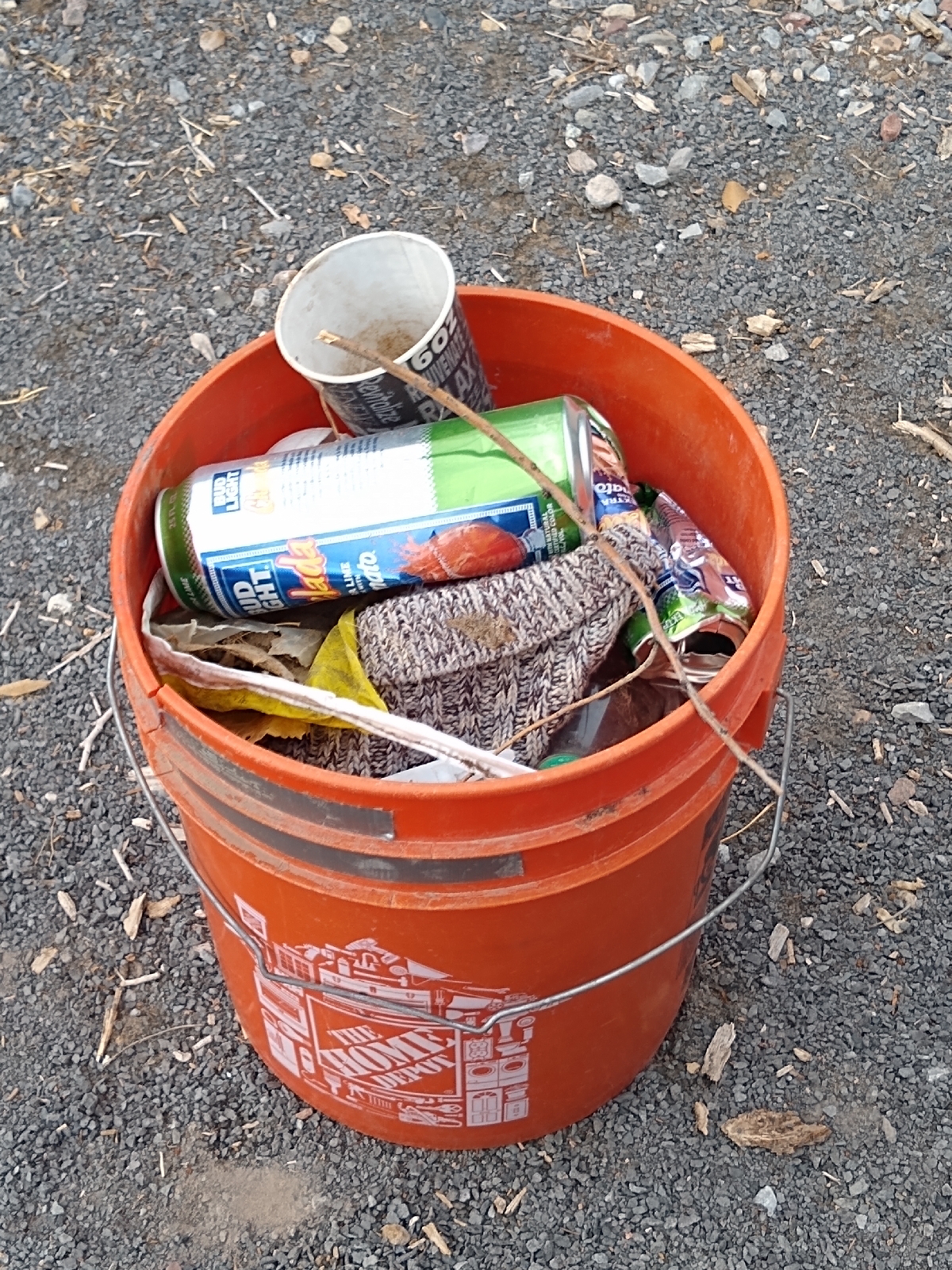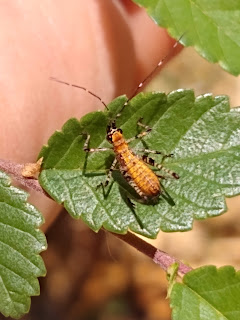it turns out that up in Colorado, there is a start of the Rio Grande at this park. This river is the sixth longest in the US. Yeah, Corrales shares the Rio Grande with many other states.
one of the things we do not have in common is we do not have elk around Corrales, just too many people and animals squeezing into the same space. This elk is from Chama. They seem to have no shortage of wetlands at the Colorado border.
I have always wondered why we don't see magpie near Corrales. These birds seem to prefer colder weather.
this red wing blackbird is very common up at Chama, but is also seen in Corrales. Some animals are just more adaptable than others.
these marsh flowers are found at high altitude where the growing season is much shorter than down at Corrales. So all plants are in a much bigger hurry to grow.
I knew of marsh marigold, but had never seen white marsh marigold before. These flowers, like many that grow in short growing seasons, do not develop long stems.
these frogs are unlike anything in Corrales. They are tiny, about 2 inches long. Bullfrogs and crayfish cannot survive the cold winters at high altitude, so these delicate amphibians are relatively safe from predation in mountain ponds
But they have to mate and reproduce in a hurry. They do so with loud calls (sounds like fingernails along a plastic comb) and being able to begin amplexus (mating) as soon as there is liquid water in the spring (there is still snow on the border with Colorado.)
Ironically, the riparian zone in Alamosa is to prevent buildings from displacing wildlife. In our section of the Rio grande river we still (sort of) manage to live with (some of) nature. Caterpillars are sometimes welcomed, yet mule deer are quietly pushed out. There are many solutions in different places as to how humans can live in nature. Of course, that just means no system is any better than the others...

































































